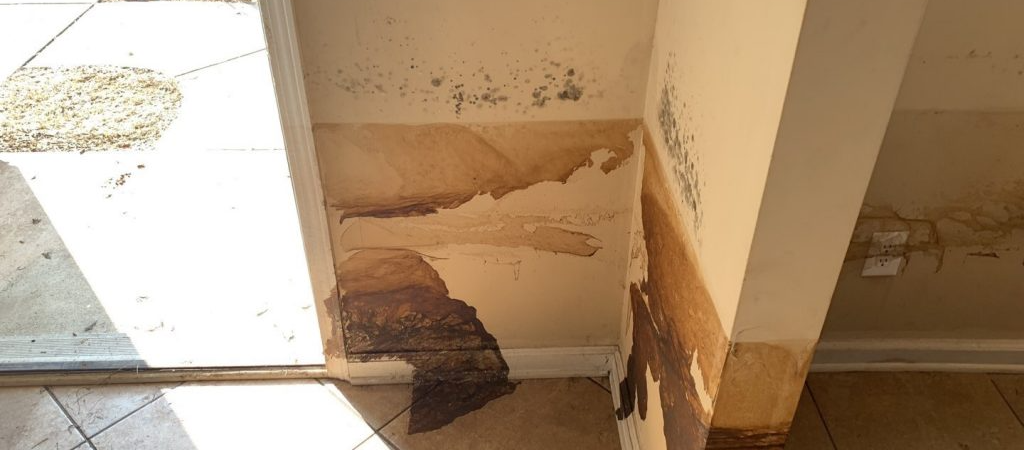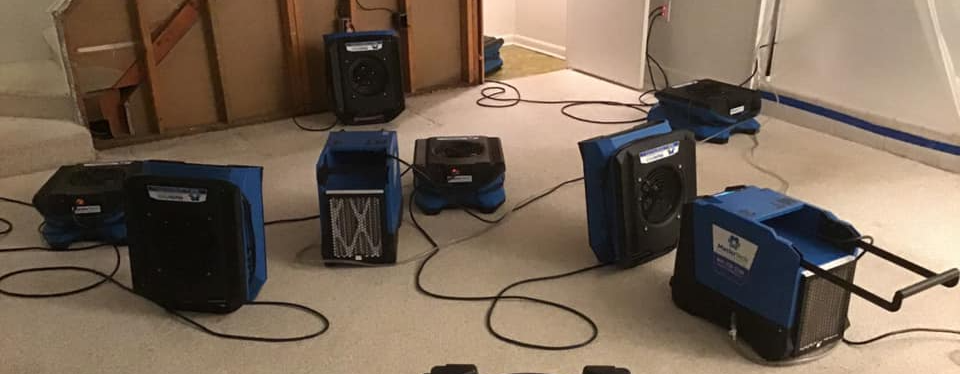Flood Clean-Up: When Professional Tools and Expertise Are Needed

When Professional Tools and Expertise Are Needed
Getting Started with DIY Flood Clean-up
Once flood waters recede and an electrician gives you the okay to enter, the cleanup process can begin. Homeowners and volunteers are perfectly capable of removing water-damaged appliances and furniture as well as using tools like a sump pump to remove excess water.
You may also get a head start by removing damaged flooring or carpeting, wet drywall, or by placing fans around the house to speed up the drying process.
Mold is always a problem after flooding, and it’s okay for homeowners and volunteers to clean mold from non-porous surfaces like windows or counters. While a bleach-water solution is often touted as an excellent mold killer, there may be some disadvantages to using bleach. Mold-specific cleaners that won’t damage surfaces are easily purchased at home improvement stores.
When Dry Isn’t Really Dry
Sometimes though, you need professional expertise and professional technology to do the job correctly. For example, MasterTech Environmental of Myrtle Beach uses moisture reading tools on nearly every mold remediation job.
For folks rebuilding after a flood, it’s important that your home interior’s moisture levels are below 17%. Higher than that and you may have mold growing in your new walls or beneath your new floors. Even though surfaces may look dry or feel dry to the touch, if there is still substantial moisture on a surface, it's likely mold will return.
Mold remediation and water damage professionals pay special attention to porous materials. We make sure that wood is dry enough to start rebuilding, and that microscopic mold spores aren’t living within porous material.
Need Help? Call MasterTech Environmental of Myrtle Beach
It’s heartbreaking to see a homeowner clean and rebuild their home, only to see mold reappear within weeks. All that hard work is quickly undone as fresh drywall is removed once again.
With MasterTech, we make sure the flood clean-up job is done correctly, with lasting results. To learn more about our water damage restoration and mold remediation services, please give us a call today.




